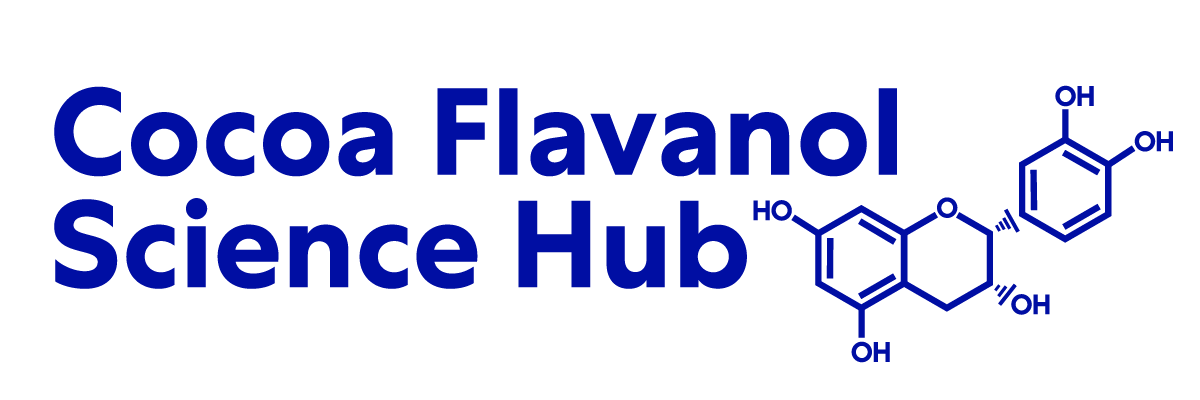Cocoa, flavanols and cardiovascular risk
There has been a long-standing interest in the relation between what we eat and cardiovascular risk. Over the years, attention has been given to calories, total fat, saturated fat, cholesterol, omega-3 polyunsaturated fatty acids, trans fatty acids, folic acid, antioxidants and, most recently, flavanols. Flavanol concentrations can be moderately high in a number of foods that have been associated with a reduction in cardiovascular risk including red wine, and black and green tea. Some cocoa and chocolate products are extraordinarily rich in flavanols but, as with other flavanol-containing foods, certain post-harvesting and processing procedures can have a striking influence on the flavanol content of chocolate and cocoa.
Endothelial dysfunction with a consequent reduction in nitric oxide production has achieved a central conceptual role in the pathogenesis of atherosclerosis and coronary artery disease, diabetes mellitus and hypertension. Recent evidence that flavanol-rich cocoa activates vascular nitric oxide synthesis in the intact human raises an interesting possibility of a therapeutic potential.









